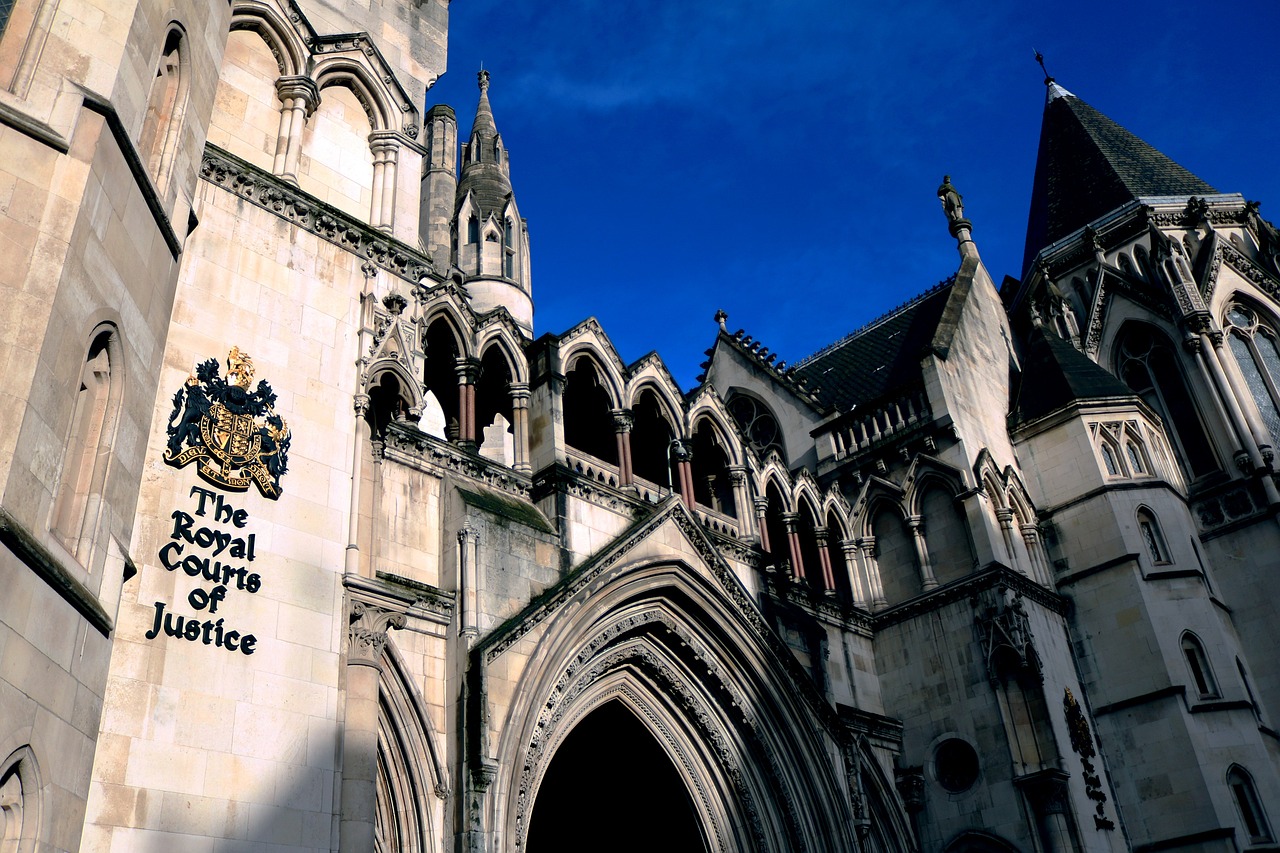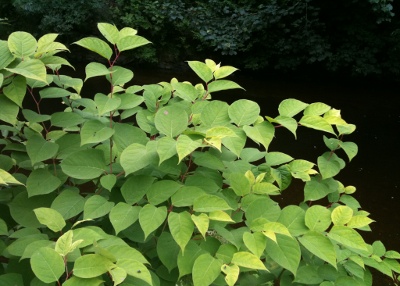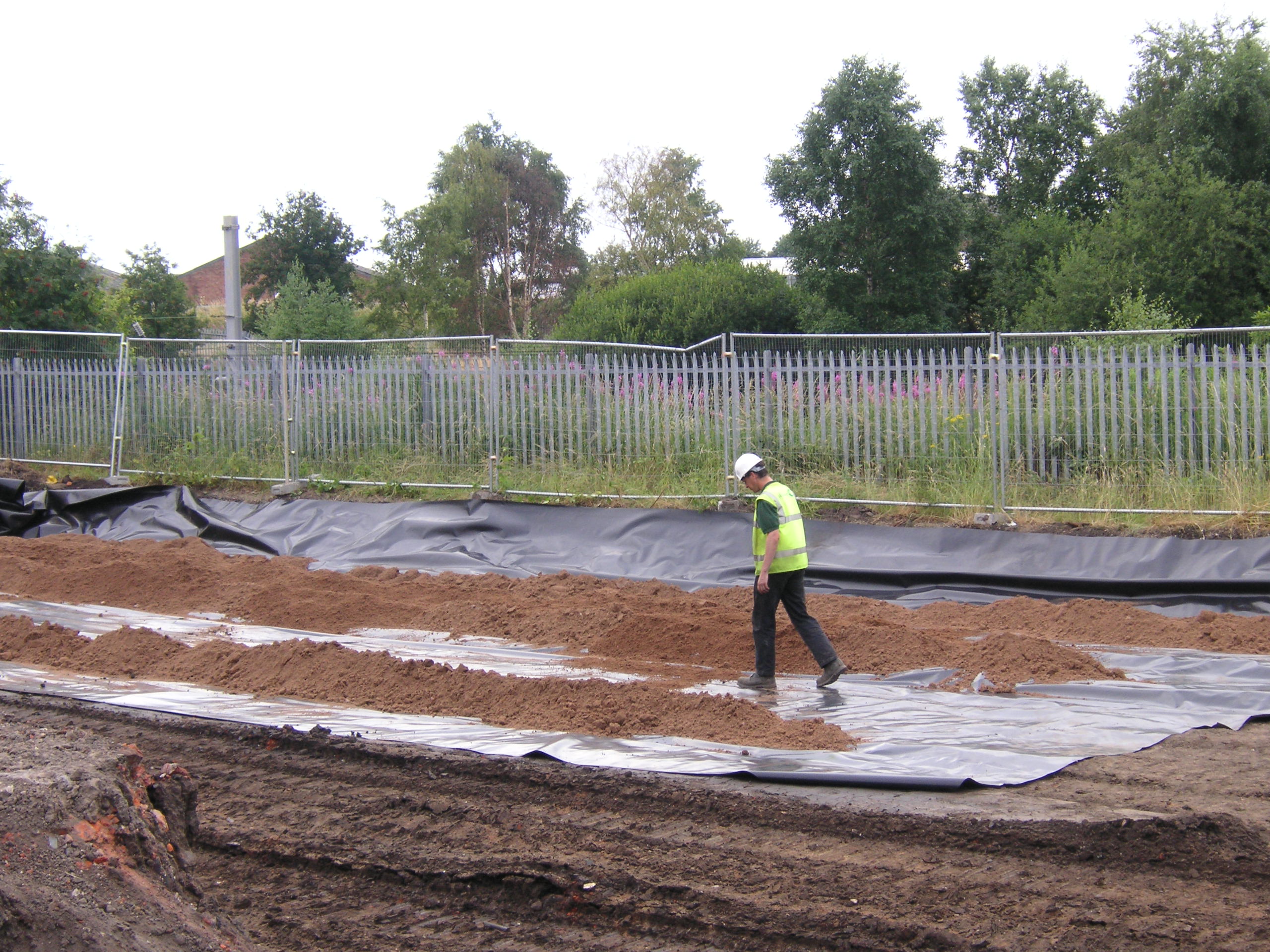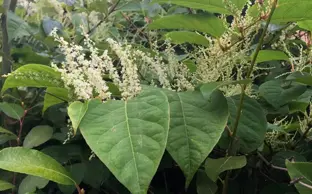Davies & Churchill Japanese Knotweed Legal Cases
21-06-2024
Last updated 14-02-2025

Although it’s a relatively new area of Japanese knotweed litigation, knotweed and property risk has established a number of important legal precedents in the last few years. This includes the recent judgements on Churchill v Merthyr Tydfil County Borough Council and Davies v Bridgend County Borough Council.
Williams & Waistell v Network Rail Infrastructure
The pivotal moment in knotweed litigation came in 2018 with the landmark appeal decision on Williams & Waistell v Network Rail Infrastructure. This case not only opened the floodgates for claims against major landowners like Network Rail and local authorities but it also established that knotweed could devalue property. The decision set the date by which landowners should have been aware of this as 2012, the year the PCA and the RICS published their knotweed guidance documents.
Following the Williams & Waistell case, there was a surge of ‘bandwagon-jumping’ claims. Specialist ‘no win, no fee’ claims firms, eager to add knotweed to their list of cases, saw a period of financial gain. However, this also led to a decline in the quality of claims, with many being run more for the firms’ financial benefit than for seeking justice for homeowners affected by knotweed.
However, as the market matured and the courts and lawyers understood effective defences, the flakier claims started to fail. This ended up dearly costing the lenders who supported such claims (via the provision of After The Event insurance), as they had gambled on around 60% of claims being successful when the actual rate of success had become significantly lower than this.
Consequently, some funders lost huge amounts in payouts to defendants following failed claims, and several law firms specialising in ‘no win, no fee’ claims went bust. Generally, this ought to be a good thing, as it has weeded out many poor quality claims that were apparently run more for the claims firms’ financial benefit rather than for seeking justice for homeowners adversely affected by knotweed.
Illustrating this pattern, where defences against knotweed claims are setting precedents and changing procedures, are some recent case law examples from the appeal and supreme courts.
Churchill v Merthyr Tydfil County Borough Council
In the case of Churchill v Merthyr Tydfil County Borough Council, the council challenged a homeowner engaged in action against them for allowing knotweed on council land to spread onto his property. The council considered it unfair that the claimant had apparently sought recourse from the courts before he had properly engaged with the council’s normal complaints procedures.
The appeal court found in the council’s favour, causing a legal precedent whereby the courts are now likely to force some claimants to exhaust routes of Alternative Dispute Resolution (ADR) before they are allowed to litigate. This ruling has led to proposed changes to the Civil Procedure Rules (CPRs) and a lot of discussion between lawyers about the ramifications for other cases, causing a broader rethinking of the priorities of ADR, which has previously been promoted but never forced.
Davies v Bridgend County Borough Council
More recently, the case of Davies v Bridgend County Borough Council was decided in the Supreme Court. The issue in this case, which went back to 2016, when the original claim was lodged, was that the claimant, a homeowner, had suffered a loss in value of his property due to the council causing Japanese knotweed to have spread from their land onto his.
Applying the precedent in Williams & Waistell v Network Rail Infrastructure, the parties agreed that the encroachment had occurred before the council had a legal duty to stop it. The case, therefore, turned on the issue of what loss had occurred due to the council’s inactivity in treating the encroached knotweed, which they didn’t start treating until 2018.
The Supreme Court, which is the highest court in the land, decided that as the loss had already happened, and as there was no evidence to show how the council’s not treating the knotweed in a timely fashion had increased damage costs, the claimant was not entitled to any damages. This outcome could mean that many claims against large landowners like local authorities and Network Rail could fall away.
Perhaps this will cause a shift towards more claims against homeowners who try to sell their properties without disclosing, either negligently or fraudulently, the presence of knotweed. This type of claim is seen by many claims firms as being far riskier, because, unlike local authorities, many homeowners are unlikely to have the funds to risk costly legal action.
For the reasons discussed above, it might now be harder for homeowners to obtain finance to run their claims on a ‘no win, no fee’ basis. Another recent case happened in Scotland, where there isn’t an industry of claims firms offering ‘no win, no fee’ terms, and where the nuances of Scots law often make knotweed a less clear property risk issue than it is in England and Wales.
Busby and Donnelly v Blair
In the case of Busby and Donnelly v Blair it was argued that knotweed should be considered an ‘infestation’ under clause 2.1.3 of the Scottish Law Society’s Scottish Standard Clauses for property transactions. The defendants argued that the clause only applies to infestations of wood-boring insects and rot-inducing fungi.
The Edinburgh Sheriff disagreed, and found that knotweed could properly be considered an infestation that can have an impact on property. The importance of this ruling is that while the 2022 edition of the Scottish Standard Clauses added a separate clause recognising knotweed risks, any misrepresentation claims involving property sold before then could now have better prospects of success.
So, what does this all mean going forwards?
For one, there are no signs that knotweed is being taken less seriously. It remains a significant property risk, with potentially large impacts on property value. As such, it should be dealt with professionally and the treatments covered by appropriate guarantees.
It might be that the knotweed litigation industry is calming down in the face of several precedents and procedure changes. Hopefully, this will mean an end to poor quality claims run for profit rather than justice.
Image by Steve Brown from Pixabay



